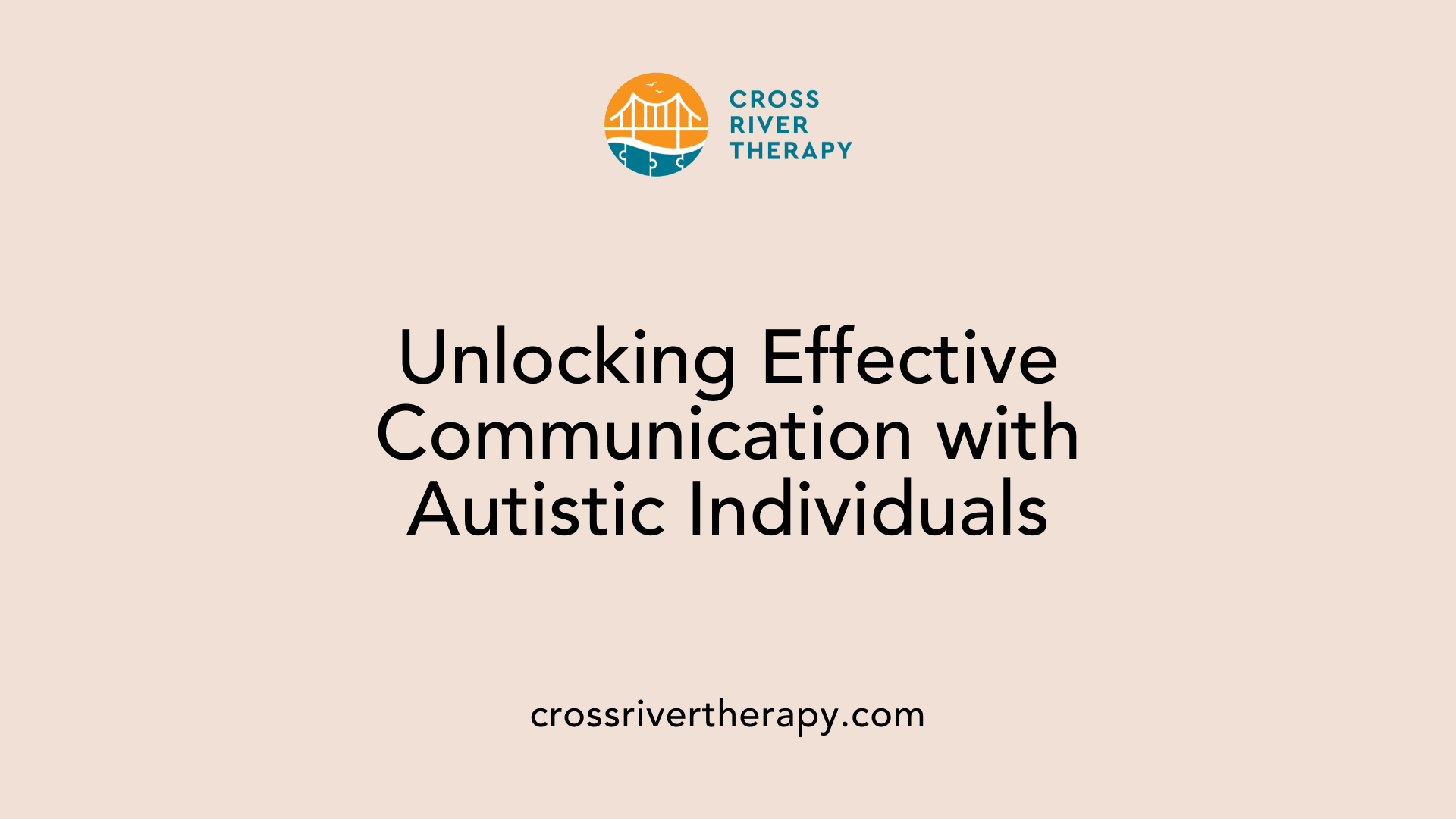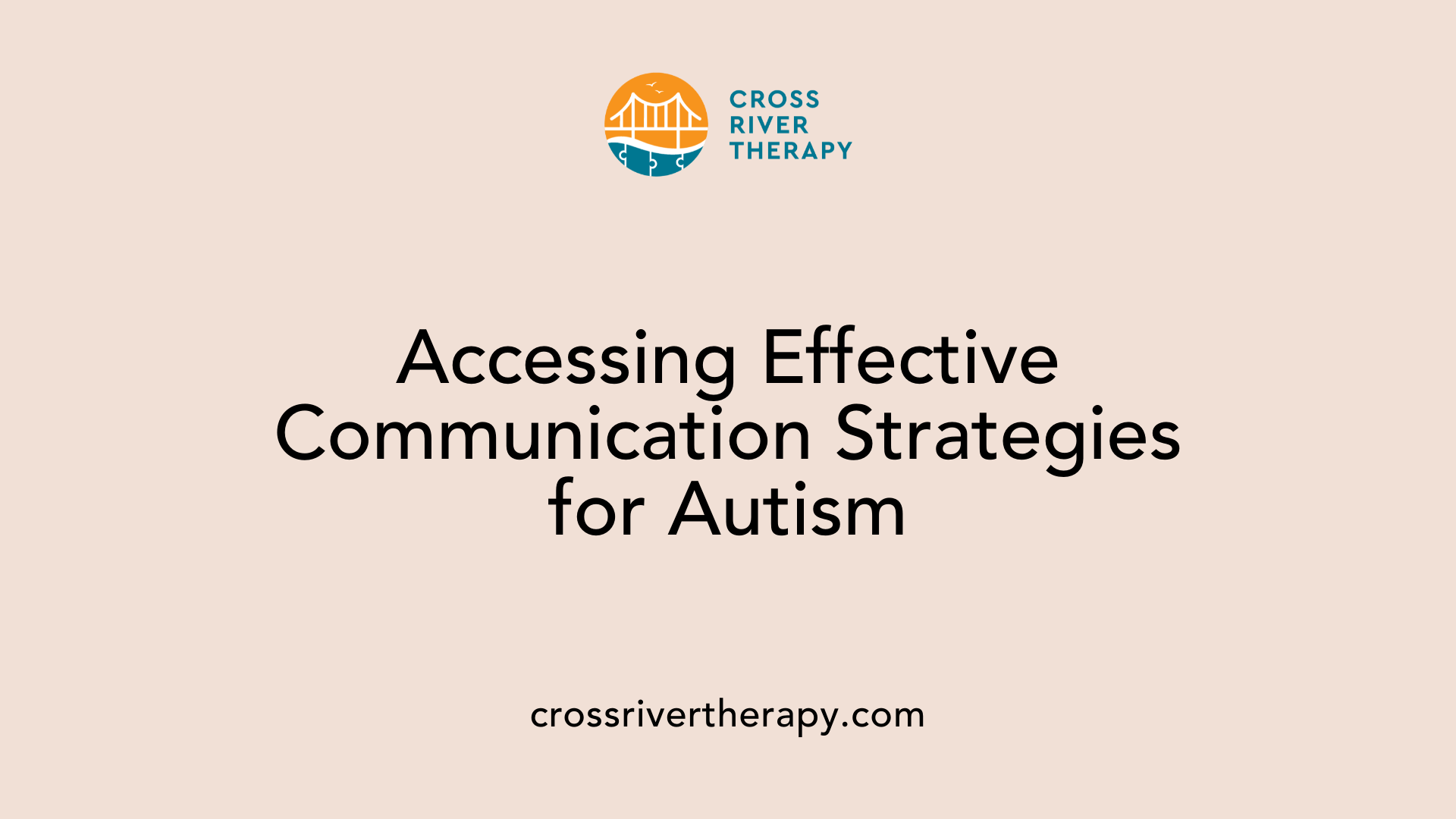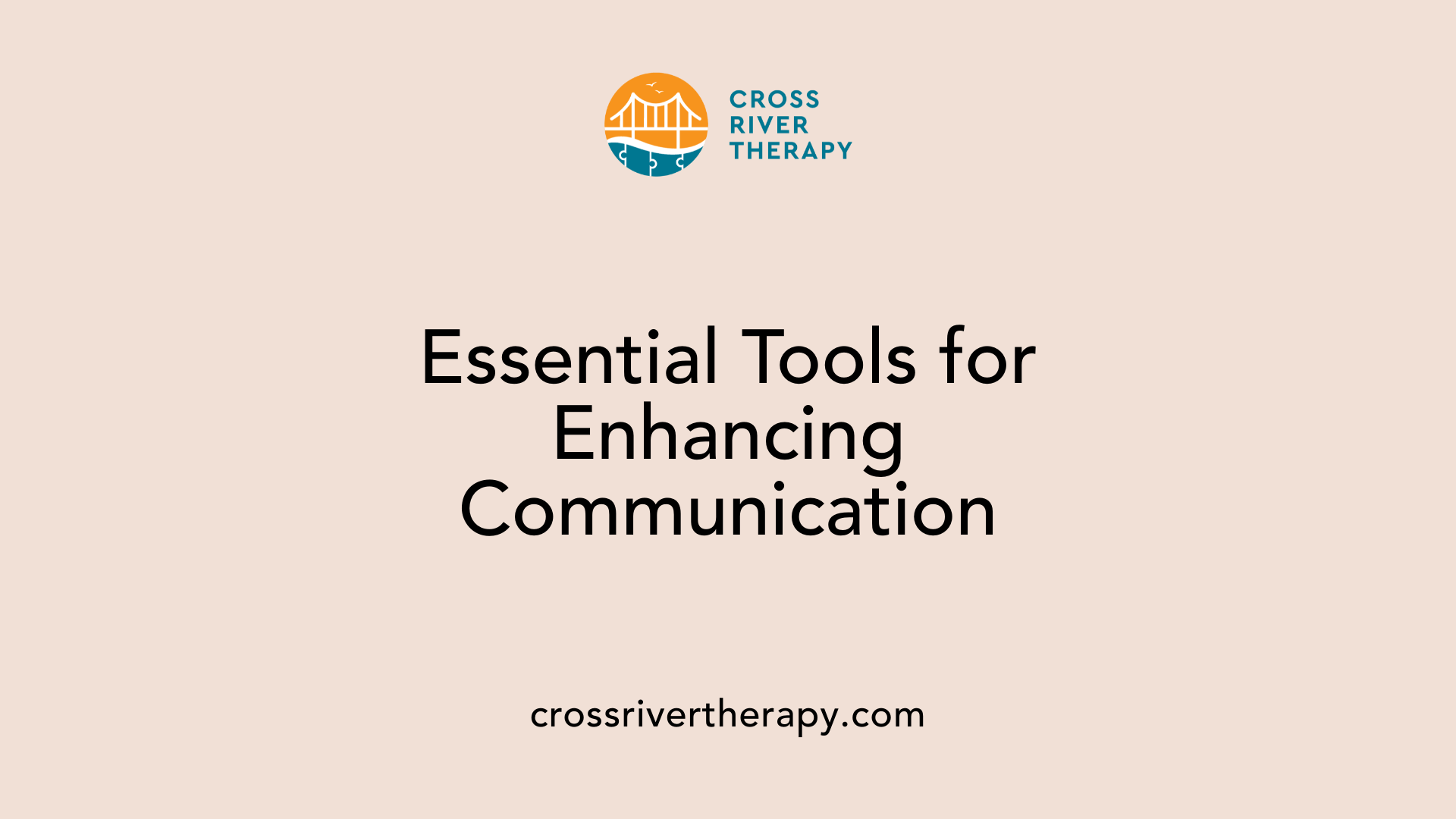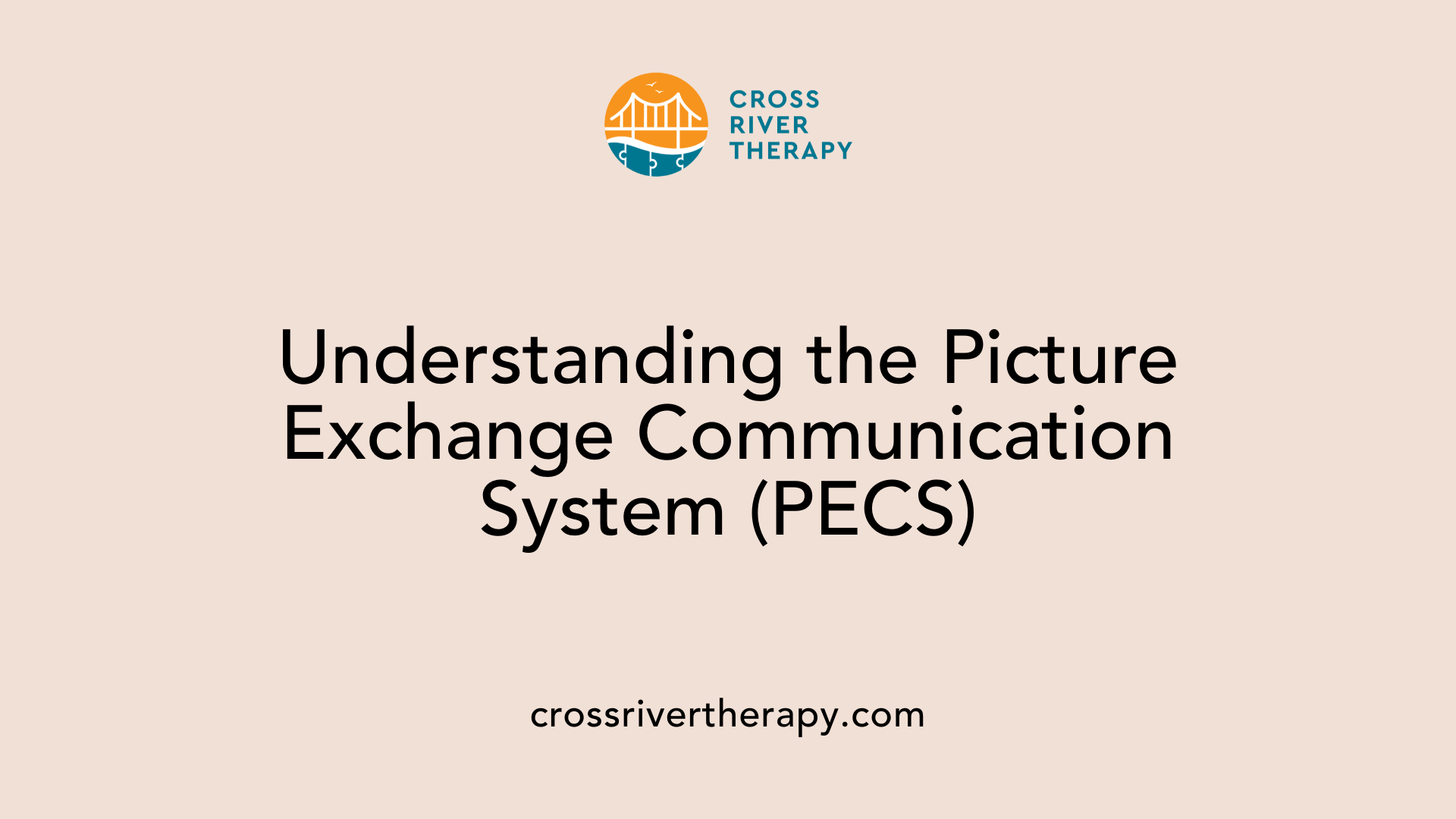Autism Communication Tips for Caregivers
Enhancing Communication with Autistic Individuals: Comprehensive Strategies for Caregivers
Understanding Autism and Communication
Communication is a fundamental component of human interaction, offering a gateway to building relationships and engaging meaningfully with others. However, for individuals on the autism spectrum, communication often presents unique challenges due to difficulties interpreting nonverbal cues, sensory sensitivities, and a preference for literal language. As caregivers, understanding these dynamics and adopting effective communication strategies is essential in fostering connections and facilitating better understanding. This article delves into various approaches, tips, and tools that can aid caregivers in enhancing communication with autistic individuals, with a focus on creating supportive environments and utilizing visual aids and other assistive technologies.
Improving Your Communication Skills with Autistic Individuals

Understanding Communication Challenges Faced by Autistic Individuals
Autistic individuals may face a variety of communication challenges, including difficulties in interpreting nonverbal cues and understanding figurative language. This can lead to misunderstandings during conversations. For instance, they might literally interpret idioms or sarcasm, affecting their ability to engage fully in social interactions. Recognizing these unique hurdles is essential for improving communication skills with them.
Role of Visual Aids in Easing Communication
Visual supports can play a crucial role in enhancing communication. Using pictograms, visual schedules, or social stories breaks down complex interactions and clarifies expectations. These aids cater to the visual learning style often seen in autistic individuals, making it easier for them to process information. Additionally, incorporating clear imagery alongside verbal communication can facilitate better understanding and lessen anxiety during interactions.
Importance of Structured and Supportive Environments
Creating a calm, structured environment is vital for effective communication. Autistic individuals usually thrive in predictable settings, which minimize sensory overload and distractions. Offering choices during conversations can provide them with a sense of control, making communication more comfortable and effective. Techniques such as role-playing or practicing social scenarios can also promote confidence in their communication skills, ultimately enhancing interactions.
Communication Skills Beneficial for Autistic Individuals
What are examples of communication skills that can help autistic individuals?
Examples of communication skills that can assist autistic individuals encompass a mix of verbal and non-verbal strategies. For verbal communication, using clear, direct language is essential. This means avoiding idioms and metaphors, focusing on simple, straightforward expressions.
Incorporating non-verbal communication can be equally beneficial. Encouraging the use of gestures, such as pointing or nodding, helps to express needs without the pressure of verbalization. Also, many autistic individuals benefit from augmentative and alternative communication (AAC) systems, which may include tools like picture exchange systems or speech-generating devices to assist communication.
How can structured interactions enhance social skills?
Structured play and role-playing scenarios serve as practical methods for enhancing social skills among autistic individuals. These techniques provide safe environments where children can practice interaction without the unpredictability that often leads to anxiety.
What role do visual supports play?
Visual supports, such as charts, symbols, and pictograms, can significantly improve understanding and engagement during interactions. They can help clarify complex ideas or expectations, making communication more effective.
By validating and expanding on existing communication methods, whether verbal or non-verbal, caregivers and educators can aid in enhancing vocabulary and understanding, thereby fostering more meaningful exchanges.
Accessing Communication Strategies for Autism

What are some communication strategies for autism that I can access in a PDF format?
Individuals seeking effective communication strategies for autism can find numerous resources available in PDF format. These resources often highlight the crucial role of Augmentative and Alternative Communication (AAC) methods.
Here are some notable strategies:
- Picture Exchange Communication System (PECS™): This method uses pictures to facilitate communication, allowing individuals to express needs and preferences visually.
- Communication Boards: These boards provide a variety of symbols or images, enabling individuals to communicate by pointing or gesturing.
- Choice Boards: Offering clear options in a simple format helps individuals express preferences without overwhelming them.
- Yes/No Systems: Simple affirmation techniques can streamline interactions, making it easier for individuals to communicate their needs.
Additionally, structured programs like 5-Minute Kids™ and ASD Unlocking Language provide research-based methodologies for enhancing communication efficacy. These programs emphasize the importance of clear visual aids, simplified language, and understanding nonverbal cues.
For more detailed resources, a search using terms like "autism communication strategies PDFs" can lead you to reputable organizations that supply extensive guides and educational materials.
Checklists for Autism Communication Skill Assessment
Are there any checklists available for autism communication skills?
Yes, there are various checklists available to assess communication skills in children with autism. These tools help identify indicators of communication delays, conversational difficulties, unusual language traits, play behaviors, and overall social skills.
Examples of Useful Checklists
| Checklist | Purpose | Target Group |
|---|---|---|
| Communication Inventory for Emerging Language Learners | Evaluates communication abilities | Students with ASD, including non-verbal children |
| Modified Checklist for Autism in Toddlers (M-CHAT-R) | Early identification of potential autism | Toddlers and preschool-aged children |
Parents and educators are encouraged to utilize these checklists to gain insights into the communication development of children with autism, allowing tailored support to enhance their skills.
Tools to Enhance Communication with Autistic Individuals

What tools are recommended for improving communication with autistic individuals?
To improve communication with autistic individuals, various tools and strategies can be utilized based on individual needs. Assistive technology, such as communication boards, serves as effective visual aids that allow nonverbal individuals to express their needs through pictures or symbols. These boards can be customized to include images pertaining to the person's daily life, significantly enhancing understanding and expression.
1. Augmentative and Alternative Communication (AAC) Systems
AAC encompasses a range of methods including gestures, sign language, and electronic devices. These systems empower users with limited verbal skills to communicate more effectively. Utilizing devices like Speech Generating Devices (SGDs) offers an interactive way for individuals to construct speech while helping enhance their language use.
2. Picture Exchange Communication System (PECS)
PECS is another valuable communication tool that facilitates communication using images. Users learn to exchange pictures representing their desires or needs, which fosters independence in expressing themselves. Studies show that PECS results in small to moderate improvements in communication for children with Autism Spectrum Disorder (ASD).
Incorporating Visual Supports
Visual supports, such as charts and simple images, are especially useful for individuals with autism as many are visual learners. These aids simplify complex concepts, making it easier for them to grasp instructions, social interactions, and everyday tasks.
Additional Methods
American Sign Language (ASL) is a comprehensive manual language that can also serve as an avenue of expression for individuals who may find verbal communication challenging. Though it requires time and practice to learn, it provides an invaluable option for facilitating communication when other methods may fall short.
Tailoring the choice of tools to each individual's unique communication challenges and abilities is crucial for fostering effective interactions.
Utilizing Visual Supports to Aid Communication

How can visual supports aid autistic individuals in communication?
Visual supports are essential tools that help communicate and build language skills for autistic individuals. They utilize symbols, photos, written words, and objects to enhance the communication process. By incorporating visual elements, individuals can better grasp concepts, express their needs, and reduce misunderstandings.
These tools significantly aid in the learning and understanding of language, making communication more straightforward. For example, communication boards allow nonverbal individuals to point or gesture at images, effectively expressing their thoughts without the need for verbalization.
Benefits for visual learners
Visual learners often find it easier to process and remember information presented visually. Utilizing tools like pictograms or visual schedules allows autistic individuals to engage with material meaningfully.
Incorporating visual supports can:
- Decrease anxiety during communication by providing clarity.
- Enhance comprehension of routines and social interactions.
- Promote independence by enabling self-expression.
Overall, visual supports are a valuable strategy for improving communication skills among autistic individuals, facilitating better interactions with their environment.
Exploring the Picture Exchange Communication System (PECS)

What is the Picture Exchange Communication System (PECS) and how does it assist autistic individuals?
The Picture Exchange Communication System (PECS) is an innovative visual communication method specifically designed for children with autism spectrum disorder (ASD). It employs images to help nonverbal or minimally verbal children express their thoughts and requests. By using this method, children can exchange pictures to communicate their needs, which significantly reduces their frustration and encourages social interaction.
Benefits of PECS for autistic children
Research has highlighted several advantages of implementing PECS:
- Enhanced Communication Skills: Children can convey their needs quickly and effectively by choosing from a variety of pictures.
- Reduced Frustration: The ability to express themselves visually alleviates stress that often arises from ineffective communication.
- Social Interaction: PECS fosters greater engagement with peers and caregivers, allowing children to form connections and enhance their relationships.
Facilitating communication through image exchange
PECS encourages children to make selections based on their preferences, which can be particularly motivating. By learning to request items or activities through image exchange, autistic children can develop confidence in their communication abilities, leading to better overall social skills. The structured nature of PECS means that while children learn to communicate functionally, they also engage in the vital skill of making choices, promoting autonomy and decision-making capabilities.
Addressing Communication Challenges in Autistic Adults
What are common communication difficulties faced by autistic adults and how can they be addressed?
Autistic adults face several communication challenges that can create barriers in social interactions. One prominent difficulty is interpreting nonverbal cues, which include body language and facial expressions. Autistic individuals might misinterpret these signals, leading to misunderstandings.
Additionally, understanding sarcasm and figurative language can be complex for many on the spectrum. They often perceive language literally, which can make social nuances confusing. Initiating or maintaining conversations can also pose difficulties due to varying comfort levels and anxieties around social engagement.
To address these challenges, it is essential to implement supportive strategies. Speech-language therapy can provide tailored communication skills, while social skills training offers practical opportunities to practice interactions in safe environments. Encouraging direct communication, such as using clear and concise language, helps foster clarity in conversations.
Recognizing that autistic individuals possess unique communication styles rather than deficiencies is crucial. Promoting mutual understanding requires creating an environment that values directness and clarity, ultimately bridging communication gaps between autistic and neurotypical individuals.
Concluding Thoughts
Effective communication is key to unlocking the full potential of relationships with autistic individuals, ensuring that their unique perspectives and needs are understood and respected. Implementing strategies that accommodate their specific challenges can greatly enhance mutual understanding and reduce anxiety. As caregivers, maintaining compassion, patience, and openness to learning new methods is crucial in creating meaningful and productive interactions. By fostering environments that utilize visual aids, straightforward language, and structured communication techniques, caregivers can support the development of robust communication skills in autistic individuals, building a bridge toward enriched connections and enhanced quality of life.
References
- Communication tips - National Autistic Society
- Communication - National Autistic Society
- 7 Autism Behavior and Communication Strategies | NU
- Interacting with Autistic People - Milestones Autism Resources
- Autism communication strategies - LeafWing Center
- Tips for Talking to Adults on the Autism Spectrum - May Institute
- Autism Communication Strategies: Helping Autistic Children ...
- Autistic children & communication skills | Raising Children Network



